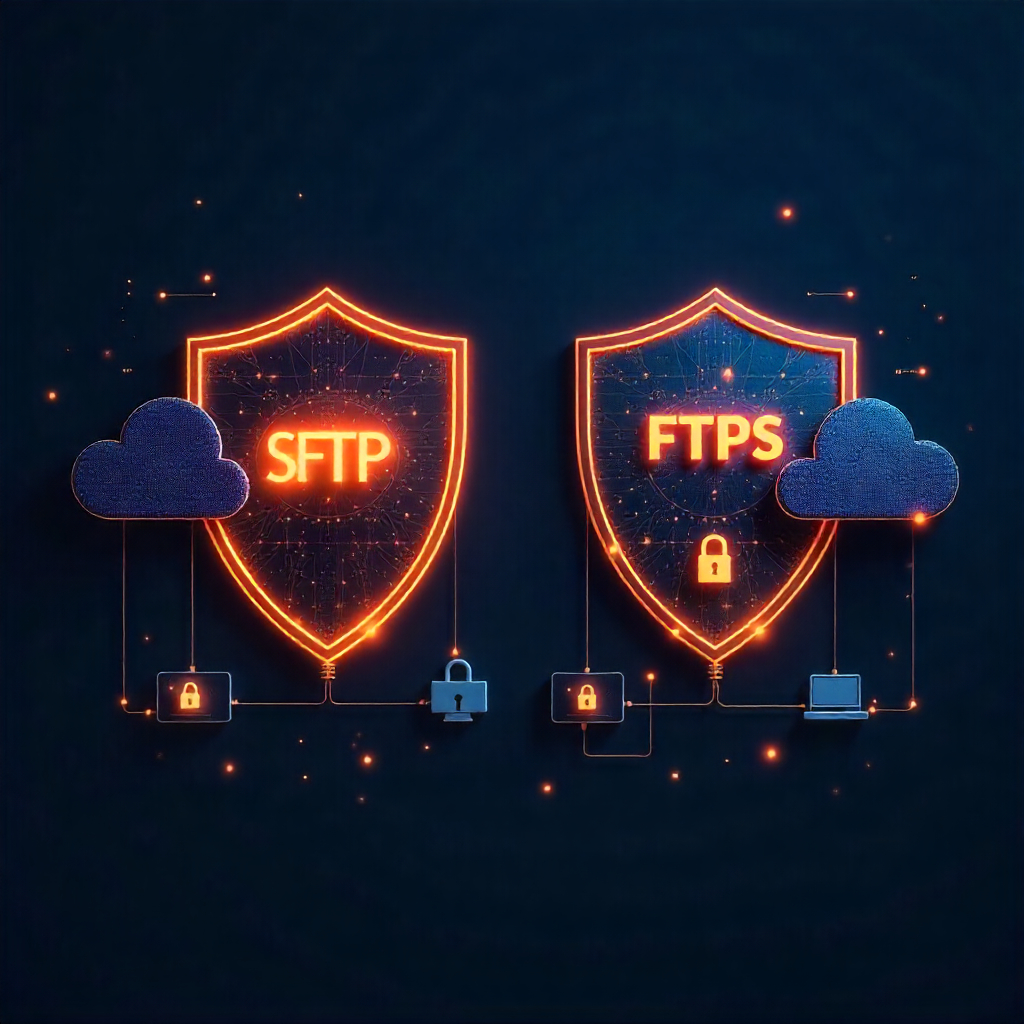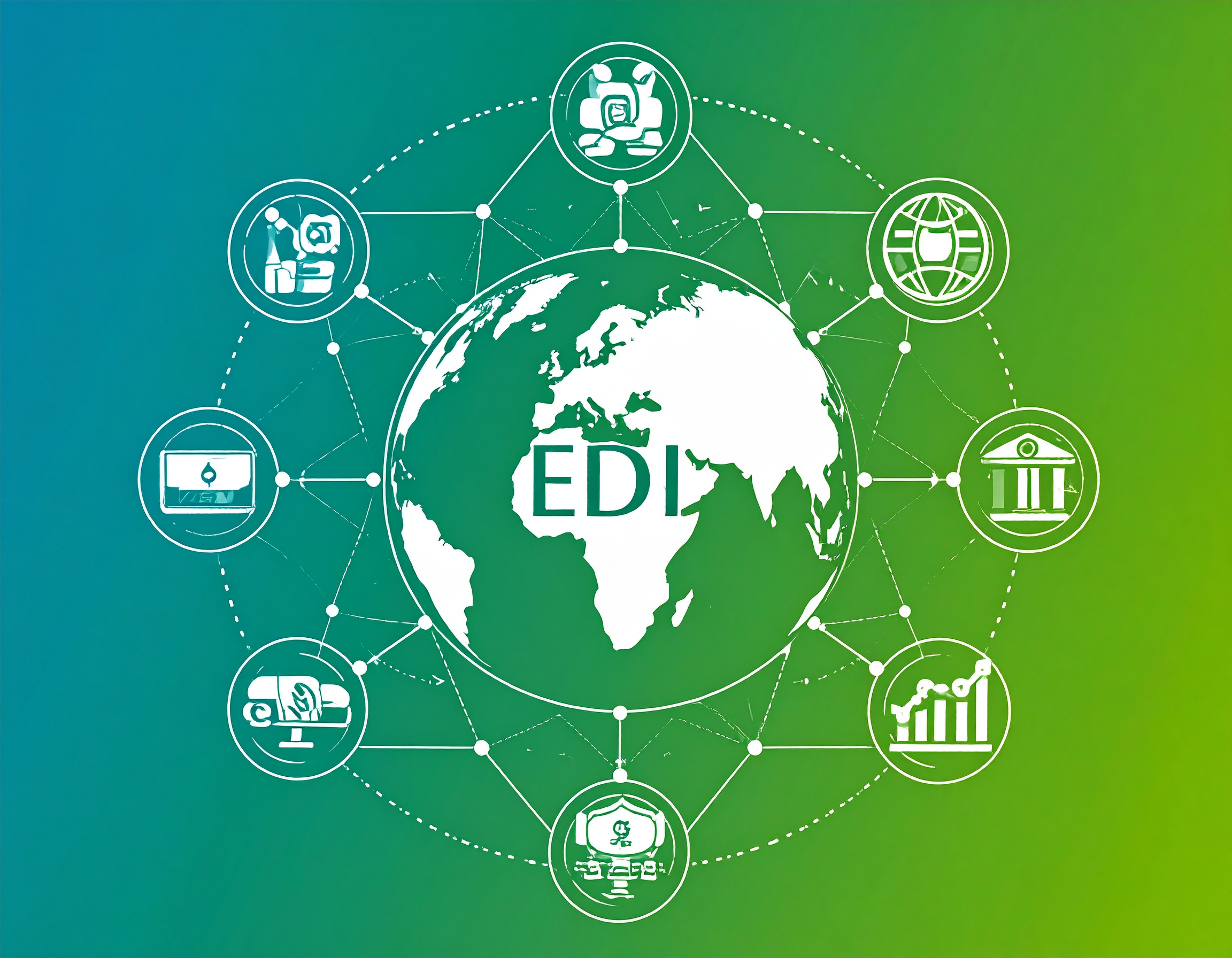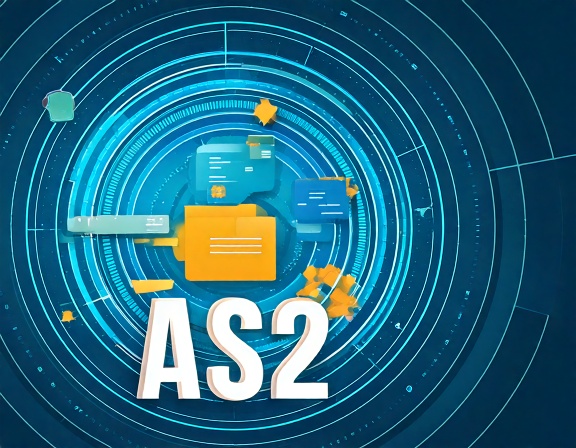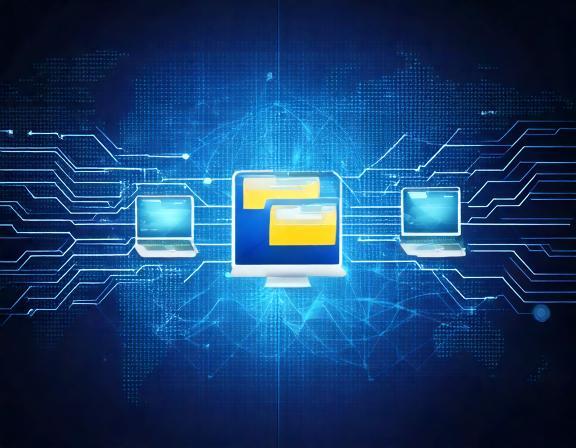MFT Gateway is a hosted Software as a Service (SaaS) solution that enables file exchange over the AS2 or SFTP protocol, without the need to install or maintain.
- Blog
- What Is an EDI Mapping?
EDI
What Is an EDI Mapping?
Learn what EDI mapping is and how it streamlines data exchange for seamless business transactions.Read our latest blog.

Samadhi Kariyawasam
Published: 03 Apr 2025

Electronic Data Interchange (EDI) is a format widely adopted by businesses of different scales to exchange documents digitally in a standardized format. However, many businesses use a customized format within their internal systems instead of the EDI format, since most of these systems cannot process EDI format. This custom format can be any structure of the company’s choice,such as JSON, XML, etc.
What Is EDI Mapping?
EDI mapping is the process of converting EDI-formatted data into a custom format such as JSON or XML, or converting a JSON or XML file back to the EDI format. This is particularly valuable when received or sent EDI data needs to be processed within the company’s internal systems. Since most business applications (such as ERPs, CRMs, and accounting software) are not designed to handle raw EDI formats directly, mapping ensures the data is transformed into a structure these systems can easily interpret.
Below is an example of mapping for the BEG segment of a purchase order. Let’s consider the EDI format of the BEG segment as shown below.
BEG*00*SA*5712201706**20210624~
After converting the BEG segment to JSON format, the output would look like this.
"OrderHeader": {
"TransactionPurposeCode": "00",
"PurchaseOrderType": "SA",
"PurchaseOrderNumber": "5712201706",
"PurchaseOrderDate": "2021-06-24"
},
This format can be customized based on the business requirements and the data received from EDI.
Key Components of EDI Mapping
Mapping for Outgoing EDI File
Source Format: The simple, custom data format (e.g., XML, CSV, JSON etc.).
Target Format: The required EDI format (e.g., EDIFACT, ANSI X12 etc.).

Mapping for Incoming EDI files
Source Format: The required EDI format (e.g., EDIFACT, ANSI X12 etc.).
Target Format: The simple, custom data format (e.g., XML, CSV, JSON etc.).

Why EDI Mapping Matters
Without proper mapping, processing a received EDI file can be error prone. A single mistake in EDI interpretation can lead to significant financial errors, such as:
-
Incorrect orders: Wrong quantities, product codes, or pricing due to misinterpreted data.
-
Shipping and fulfillment delays: Misread delivery dates or addresses leading to late or misrouted shipments.
-
Payment disputes: Inaccurate invoices causing billing errors and strained supplier relationships.
Even minor misinterpretations in data fields- such as quantities, prices, or dates- can lead to costly disputes between businesses.
Proper EDI mapping ensures that every transaction is accurately understood by both sender and receiver, preventing expensive mistakes before they happen. Therefore , investing in an EDI mapping is a wise long-term decision if you want to avoid these unfortunate situations.
To generate an EDI document in the traditional way is to go through the EDI specification—a complex document detailing the exact syntax, segment structures, and data element requirements for the generated EDI files.This approach requires understanding the structure of the EDI. It also demands a significant time investment, as users must thoroughly analyze specification documents, manually map each required segment and data element, and validate proper sequencing and hierarchical relationships.
The process becomes even more challenging when dealing with multiple trading partners, each potentially requiring different versions or customizations of EDI standards.
EDI mappings help overcome the challenges of complex EDI structures by abstracting them into a simple and intuitive format. Using a custom mapping instead of the original EDI format significantly reduces the knowledge overhead required from the user, making it easier to process and interpret EDI data efficiently.
So an accurate mapping ensures,
-
Smooth transactions between trading partners.
-
Reduced manual work by automating data conversion.
-
Reduced errors and miscommunications between two parties.
-
Reduced setup time for communication links between partners by simplifying the complexities of EDI standards.
EDI Mapping with EDI Generator
The EDI Generator enables users to leverage EDI mapping functionality for both incoming and outgoing EDI files.
The mapping can be developed to match a structure that the user provides, especially if they already use a custom format inside their internal systems. If users do not have a preferred format, a team of experts will create a suitable format along with the mapping.
The mappings will be deployed into two serverless functions, one for outgoing EDI files and one for incoming EDI files, —ensuring scalability to accommodate any number of partners based on user requirements.
Since each user has independent serverless functions, they can be customized to meet various user needs, including authentication, custom error handling, etc.
Conclusion
EDI mapping is a critical component of successful electronic data exchange. By following best practices such as understanding requirements, automating where possible, and rigorous testing, businesses can minimize errors and maximize efficiency. Whether you’re new to EDI or optimizing existing processes, the right approach to mapping ensures smooth, error-free transactions with all your partners.

Talk to an EDI Expert
Join hundreds of organizations already taking full control of their B2B AS2 communications with our trusted solutions. Contact us today to tailor a solution that fits your specific AS2 EDI needs.
Related Articles
View All BlogsExplore our product stack
Try before you buy with a 30-day Free Trial
No commitment, all value. Try the AS2 Solution Risk-Free and discover how our solutions can transform your business workflows. No credit card required.
Explore Your Possibilities
Elevate AS2 Communications with our EDI and AS2 Solutions
See how our AS2 and EDI solutions can simplify your integrations, boost efficiency, and keep you compliant—request a personalized demo today.











































































































































































































